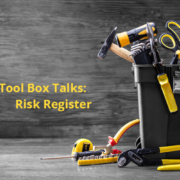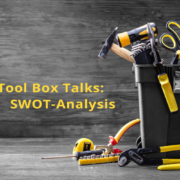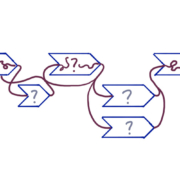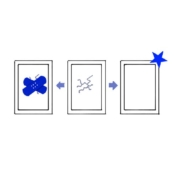Tool Box Talks: 5 whys
Management tools are a dime a dozen. And yet, contrary to popular belief, most of them are good and helpful if used correctly and in an adequately defined context.
In “Tool Box Talks” we introduce you to common and less well-known tools and show you how you can exploit their potential for your enterprise, with today’s focus on 5 why.
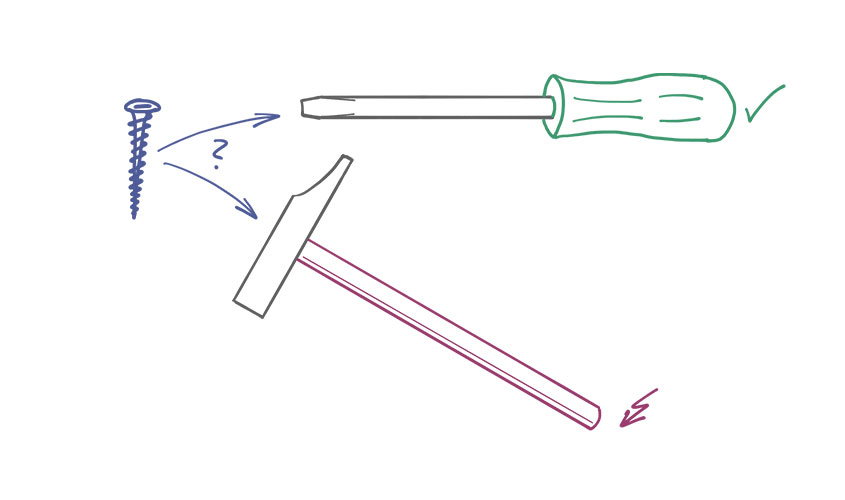
What is 5 whys and when should it be used?
5 whys is a quality management tool developed by Toyoda Sakichi. It helps to reveal causal links and to understand complex cause-and-effect relationships. This method is mostly used in root-cause analyses in the context of failure analyses or optimising processes. Apart from this, it is suitable for any kind of cause-and-effect relationship, particularly for linear ones with no or only few ramifications.

How is 5 whys used?
The starting point of a 5 why analysis is an observed deviation from the norm, i.e. the “effect”. This is where the first “Why?” is asked: “Why has the problem occurred?”
The answer to this question is the cause of the observed effect. This cause can again be understood as another effect of another cause, which is explored by means of a second “Why?”. This process is repeated five times until the cause of the cause of the cause of the cause of the observed deviation is discovered and its origin – its root cause – is detected.

Beware of pitfall
Make sure that, when using the 5 whys technique, that you do not only identify a possible cause-and-effect relationship, but also verify it, in a way that each of the “Why?” questions undergoes a process of examination checking if
- the shown causal link is possisble and plausible, and
- if under the present conditions the alleged cause is really responsible for the effect
Only if both requirements are fulfilled, the next “Why?” should be asked.
Besides, do not be a stickler with the number “5”. As a rule of thumb it is usually appropriate to ask for the cause five times to identify the actual source of a problem; still, you should check individually and flexibly if a sixth of seventh level might give you valuable information after all, or if you can end the process after the fourth question.

What is the use of the 5 why method?
A 5 why analysis brings to light the details of the cause-and-effect chain having led to the (mostly undesired) incident. This will help you to prevent this problem from occurring again.
Here a distinction is made between corrective and preventive measures. The latter are applied in the upper layer of the causal chain, thus addressing one specific issue, whereas preventive measures are used in the deeper levels of the cause-and-effect relationship – tackling the root cause. They usually have a greater, further-reaching impact, also making it possible to avoid other negative results originating from the same weakness.
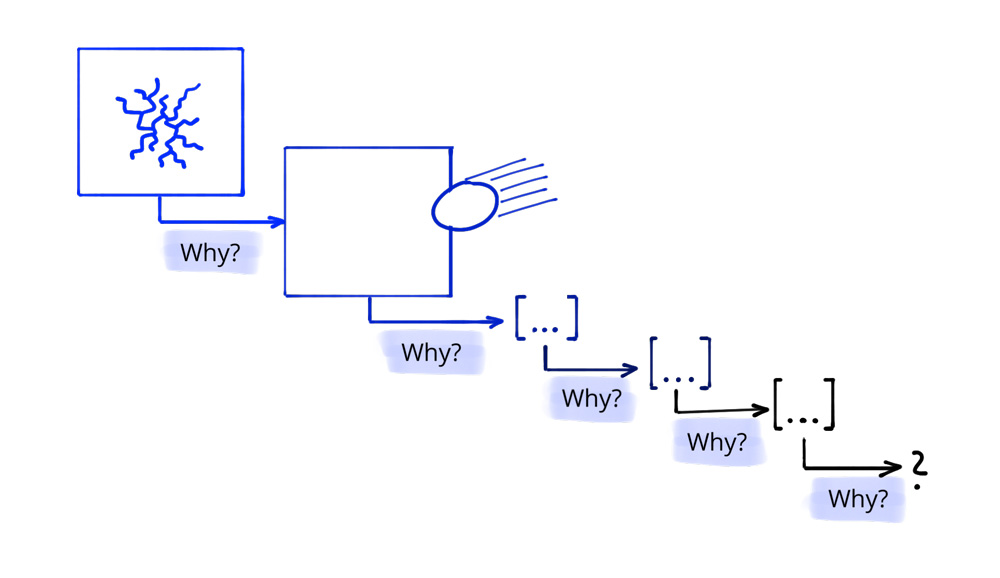
Follow us on LinkedIn to learn on a regular basis how you can make the most of management tools, so that you will stay one step ahead of your competitors.

